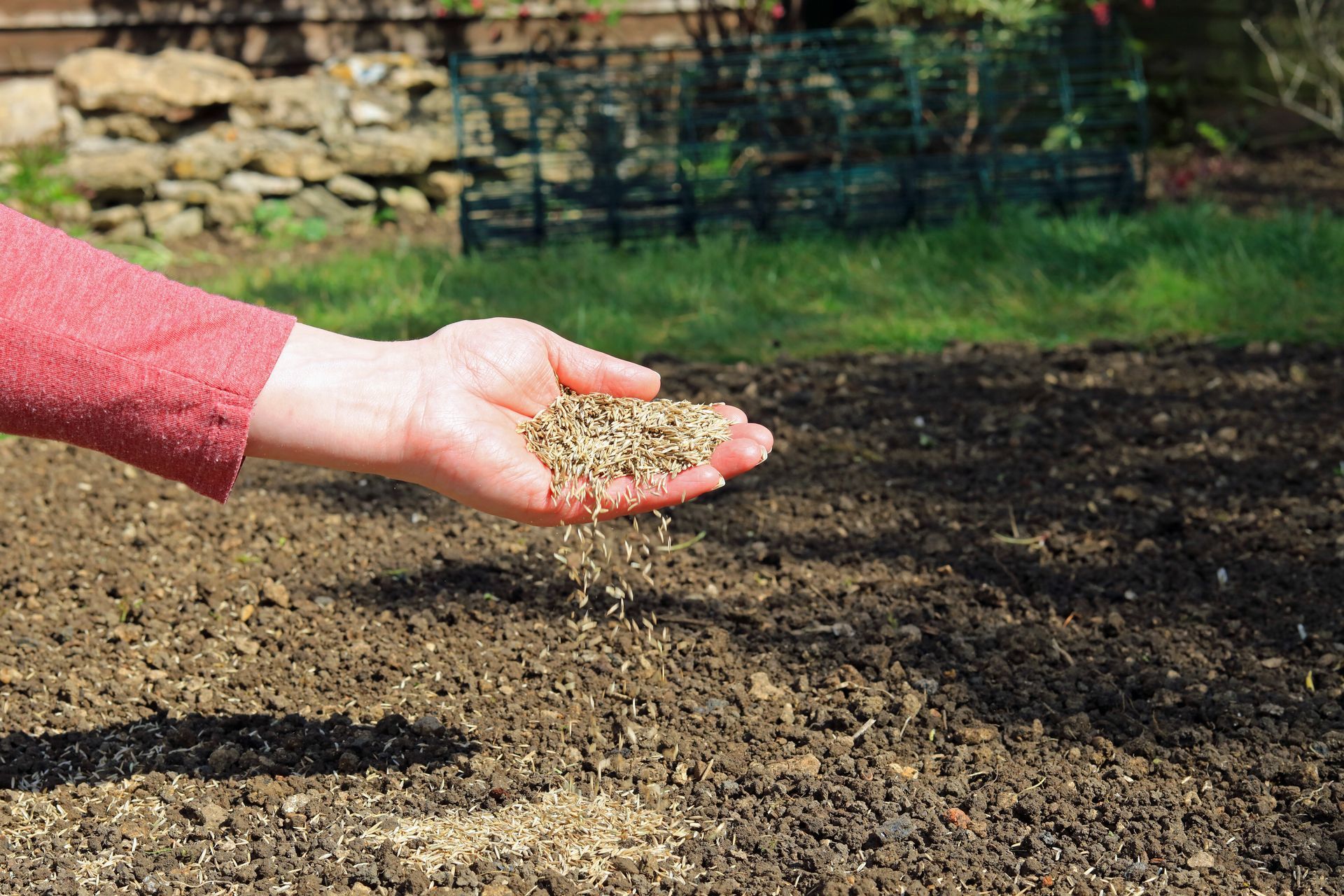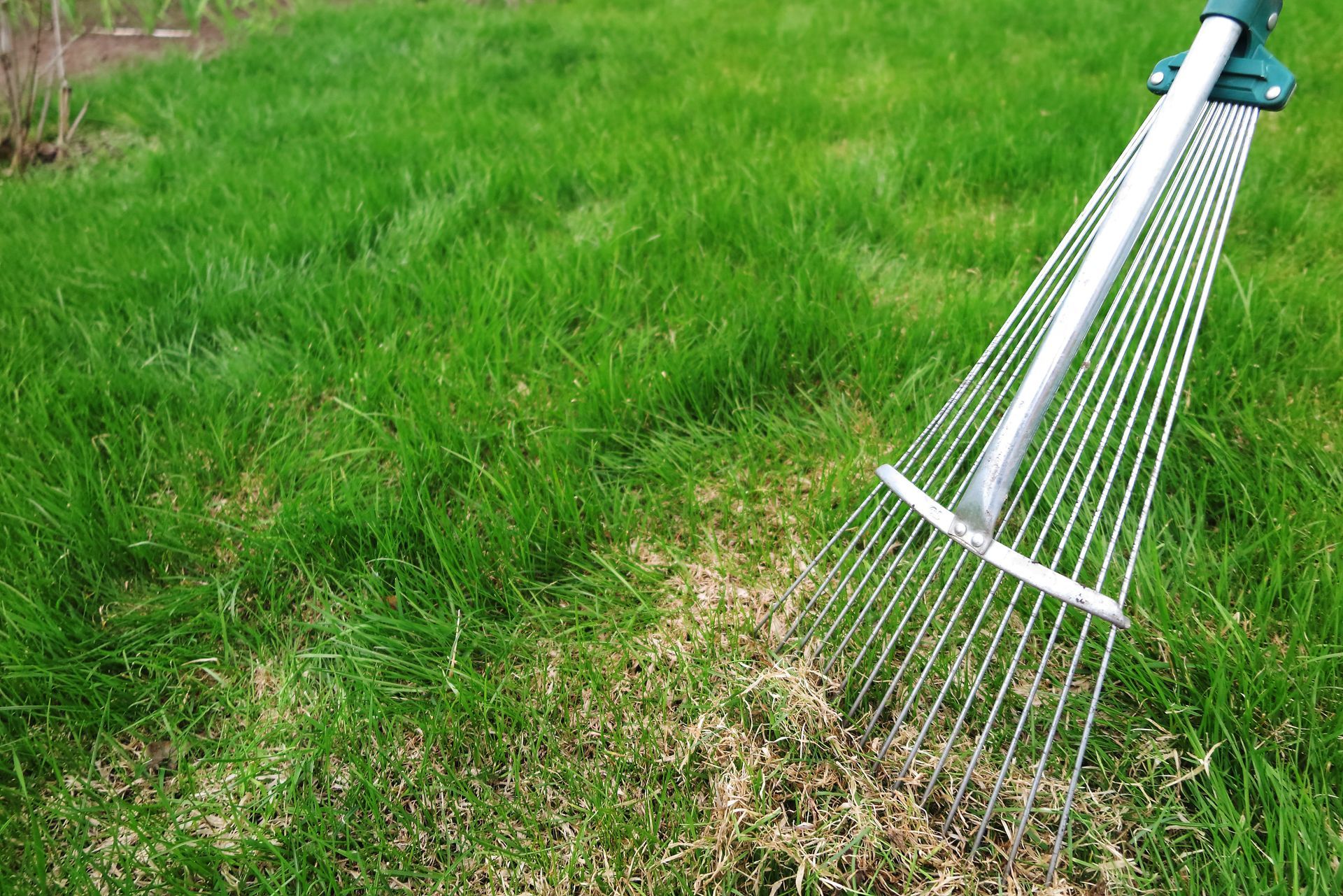August 24, 2020
Lawn Aeration May Be the Key to a Healthier Lawn This Fall
As summer begins to wind down here in Michigan, it’s time to start thinking about fall lawn care. Michigan summers can be harsh on even the healthiest lawns as soil compaction, drought, and high heat can cause stress, damage, and fatigue. If your grass shows bare patches and is spongy in certain areas, you may have compacted soil.
What is Compacted Soil
Compacted soil is essentially a
build-up of thatch
, or layer of grass clippings and organic matter that form a barrier at the base of your turf. This layer prevents nutrients and water from getting to your grassroots. Without these essential components, your grass and plants will suffer and, in the long run, die.
Signs You Have Compacted Soil
- Pooling or puddling of water in low areas
- Spongy grass
- Bare or patchy areas of grass
- Stunted growth of plants
- Areas too hard to drive a shovel in the soil
The best way to combat compacted soil is through a process called lawn aeration.
What is Core Aeration
Lawn aeration, or core aeration, is the lawn care process of using a machine to punch small holes into your turf, pulling up plugs of soil and redistributing them across the lawn. Doing this allows the much-needed water and nutrients to penetrate the roots of your grass. This can be done by poking holes in your yard with special boots or a sharp stick. For much better results, core aeration provided by a professional lawn care company such as Visionary Landscaping and Fertilization is highly recommended.
What Are the Benefits of Lawn Aeration?
- Breaks down the thatch build-up that is blocking your roots from absorbing the essential water and nutrients
- Reduces soil compaction
- Promotes stronger roots
- Improves water and fertilizer intake
- Eliminates water runoff and puddling
- Improves your lawn’s resistance to drought
When is the Best Time to Aerate?
Aerating a lawn should be done once a year or, at least, once every other year. It should only be done during the growing season for your grass, as this will allow your lawn to recover quickly after the service.
Here in Michigan, we have cool-season grasses with a growing season in the spring and fall. This means that late summer or early fall is the best time to aerate your lawn. A fall core aeration service will help strengthen the roots of your lawn before old man winter returns.
What About Liquid Aeration?
Do you have a buried sprinkler system or an electric dog fence? You may want to try liquid aeration. Liquid aeration works the same way as core aeration except that instead of using a machine, we spray a chemical on the grass. The chemical soaks in and loosens up the soil, breaking up the thatch. Liquid aeration may be the preferred method of choice if you have wires or pipes buried underground you do not want disturbed with plugs or machinery.
Professional Help From Visionary Landscaping and Fertilization
At Visionary Landscaping and Fertilization , we offer both core aeration and liquid aeration to help decompact your soil and return your lawn to its healthy state. To learn more about either of these services, contact us by phone at 586-281-5148 or by leaving us a message here .




